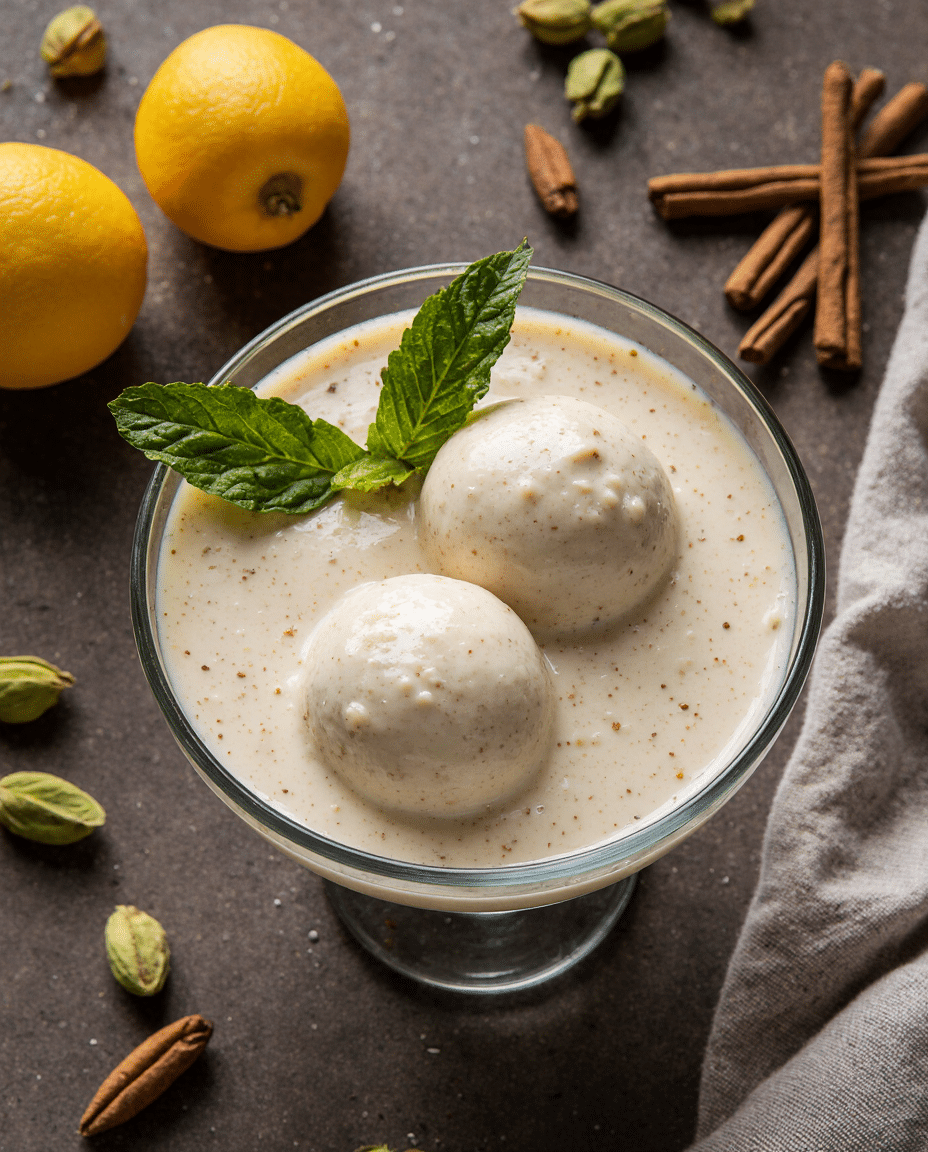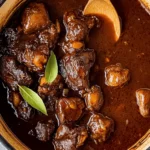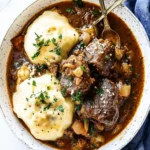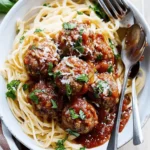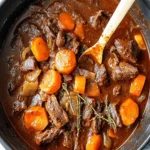Malai Kulfi is a traditional Indian frozen dessert that boasts a dense, creamy texture and rich flavor, making it a favorite during hot months and festive occasions like Raksha Bandhan. Unlike regular ice cream, kulfi is not churned but slow-cooked to reduce milk, resulting in an intense dairy flavor. Infused with cardamom and sometimes garnished with chopped nuts, this dessert evokes nostalgic memories of street-side kulfi vendors and family celebrations.
FULL RECIPE
Ingredients
- 1 liter full-fat milk
- ¼ cup condensed milk
- ¼ cup sugar (adjust to taste)
- ½ cup fresh cream (optional for extra richness)
- ¼ teaspoon ground cardamom (elaichi powder)
- 2 tablespoons chopped pistachios
- 2 tablespoons chopped almonds
- 1 tablespoon corn flour (optional, for thickening)
- 2 tablespoons milk (for mixing with corn flour)
- Saffron strands (optional, for enhanced flavor and color)
Directions
- In a heavy-bottomed pan, bring the full-fat milk to a boil.
- Lower the flame and let it simmer, stirring frequently to prevent burning.
- Continue reducing the milk until it thickens and becomes half its original volume.
- Stir in the condensed milk and sugar, allowing them to dissolve completely.
- If using, mix corn flour with 2 tablespoons of milk to form a slurry and add it to the pan. Cook for another 5–6 minutes to thicken further.
- Add cardamom powder, saffron (if using), and half of the chopped nuts. Stir well.
- Turn off the heat and let the mixture cool to room temperature.
- Pour the kulfi mixture into molds or small cups. Insert sticks if desired.
- Cover and freeze for at least 6–8 hours or overnight until fully set.
- To serve, unmold by dipping the molds briefly in warm water. Garnish with the remaining nuts before serving.
Nutrition Facts
- Calories: 230
- Total Fat: 12g
- Saturated Fat: 6g
- Cholesterol: 35mg
- Sodium: 55mg
- Carbohydrates: 24g
- Sugars: 18g
- Protein: 6g
- Calcium: 18% DV
- Iron: 2% DV
- Vitamin A: 10% DV
- Vitamin C: 2% DV
The Origins and Cultural Significance of Malai Kulfi
Malai Kulfi holds a cherished place in South Asian culinary traditions, especially in India and Pakistan. Unlike churned ice cream, kulfi is traditionally made by slow-cooking milk until it thickens and takes on a rich, caramelized flavor. It’s a favorite dessert at festivals, weddings, and family gatherings, often served on a stick or in clay pots called matkas. Particularly during Raksha Bandhan, Malai Kulfi is a beloved sweet enjoyed among siblings, symbolizing the sweet bond they share. Its deep roots in tradition and nostalgia make it more than just a dessert—it’s a cultural experience.
Flavor Profile and Texture Appeal
Malai Kulfi offers a luxurious, creamy mouthfeel that sets it apart from standard ice creams. The word “malai” refers to clotted cream, and this is reflected in the kulfi’s dense, velvety texture. The flavor is subtle and milky, enhanced with aromatic cardamom and sometimes saffron or rosewater. Nuts like pistachios and almonds add a contrasting crunch, making every bite a mix of smooth richness and pleasant texture. It’s a dessert that delights the senses slowly—melting thickly in the mouth rather than instantly, leaving behind a lingering, sweet aftertaste.
Nutritional Considerations and Benefits
While Malai Kulfi is an indulgent treat, it also offers some nutritional benefits when enjoyed in moderation. Made primarily from milk, it provides a good source of calcium, protein, and vitamin B12, which are essential for bone health and muscle repair. The nuts included in traditional recipes contribute healthy fats, fiber, and minerals like magnesium and zinc. Using cardamom not only enhances flavor but also provides digestive and antioxidant benefits. Homemade versions allow better control over sugar and fat content compared to commercially available kulfis, making it a healthier alternative to processed frozen desserts.
Tips for Achieving the Perfect Kulfi Texture
The secret to an authentic Malai Kulfi lies in the slow and steady reduction of milk. It’s essential to stir continuously to avoid scorching and to scrape the sides of the pan regularly to reincorporate the thickened cream. The consistency should be thick but pourable when removed from heat. Adding a small amount of corn flour slurry can aid in thickening without altering the taste. For added richness, some people include a bit of fresh cream. Patience is key—rushing this process can result in a runny or icy kulfi instead of the dense, creamy texture that defines it.
Creative Variations to Try
While the traditional Malai Kulfi is made with cardamom and nuts, modern takes on the recipe introduce a wide array of exciting flavors. Mango kulfi, rose kulfi, kesar (saffron) kulfi, and even paan (betel leaf) or coffee-infused kulfis are popular alternatives. Vegan versions using coconut milk or almond milk can be made for dairy-free diets. You can also blend in fruit purees or layer different flavors for a swirled or striped effect. Some people roll kulfi in crushed nuts or pistachio powder after unmolding for an added gourmet touch. These variations offer endless room for personalization while keeping the essence of the dessert intact.
Ideal Serving Suggestions
Malai Kulfi is traditionally served straight from the mold on a stick, but there are many creative ways to present it. Slicing the kulfi into rounds and garnishing with saffron strands, rose petals, or silver leaf (varak) adds visual appeal. Serving it in a shallow bowl with a drizzle of rose syrup or a spoonful of falooda sev elevates it to a festive treat. It can also be paired with warm desserts like jalebi for a hot-and-cold contrast. Whether plated elegantly or enjoyed as a handheld delight, Malai Kulfi adapts to both casual and formal occasions seamlessly.
Best Beverage Pairings
Malai Kulfi pairs well with light, aromatic beverages that complement its richness. A chilled glass of rose milk or cardamom-spiced chai balances its creaminess. For a fancier twist, try it with sparkling lemonade or sweet lassi. During festive gatherings, pairing kulfi with sharbat or fruit punch enhances the celebratory vibe. Those who enjoy culinary experimentation might even serve it alongside dessert wines like Moscato or a rose-infused mocktail. The key is to choose beverages that refresh the palate while highlighting the kulfi’s luxurious texture and delicate flavors.
Storage Tips and Shelf Life
Proper storage is crucial to maintaining the texture and flavor of homemade kulfi. Once frozen solid in molds, kulfi can be stored in the freezer for up to two weeks. It’s best to cover the molds tightly with foil or lids to prevent freezer burn and absorption of odors. If using open containers or silicone molds, transferring kulfi to an airtight container after unmolding can extend freshness. Avoid repeated thawing and refreezing, as this can lead to crystallization and compromise its creamy texture. Labeling the date of preparation helps keep track of its optimal consumption window.
Making Kulfi Kid-Friendly and Festive
For children, Malai Kulfi is an exciting alternative to store-bought ice creams. You can make it more appealing by pouring the mixture into fun-shaped silicone molds—like stars or hearts—or layering it with fruit puree for a colorful twist. During festivals like Raksha Bandhan, you can personalize each kulfi stick with your sibling’s favorite toppings such as sprinkles, crushed cookies, or mini chocolate chips. Making kulfi can even be a fun family activity, where everyone gets to mix, pour, and decorate their individual portions before freezing them.
Advertisement
Common Mistakes and How to Avoid Them
A few common missteps can affect the quality of Malai Kulfi. Overheating or not stirring the milk frequently can cause it to stick and burn, leaving a bitter taste. Using low-fat milk may result in a less creamy texture, so full-fat milk is strongly recommended. Skipping the cooling process before freezing can lead to ice crystal formation, making the kulfi grainy instead of smooth. Also, over-sweetening can overpower the delicate dairy and spice notes—always taste and adjust. Finally, freezing for less than 6 hours can yield a semi-solid product that’s hard to unmold and eat.
Conclusion
Malai Kulfi is a timeless dessert that transcends generations and continues to be a symbol of love, festivity, and indulgence. Its creamy richness and traditional charm make it a highlight of many Indian celebrations, especially Raksha Bandhan. While it may take a bit of time and attention to prepare, the reward is a dessert that’s both nostalgic and luxurious.

